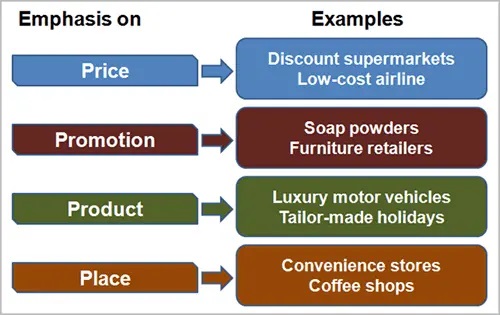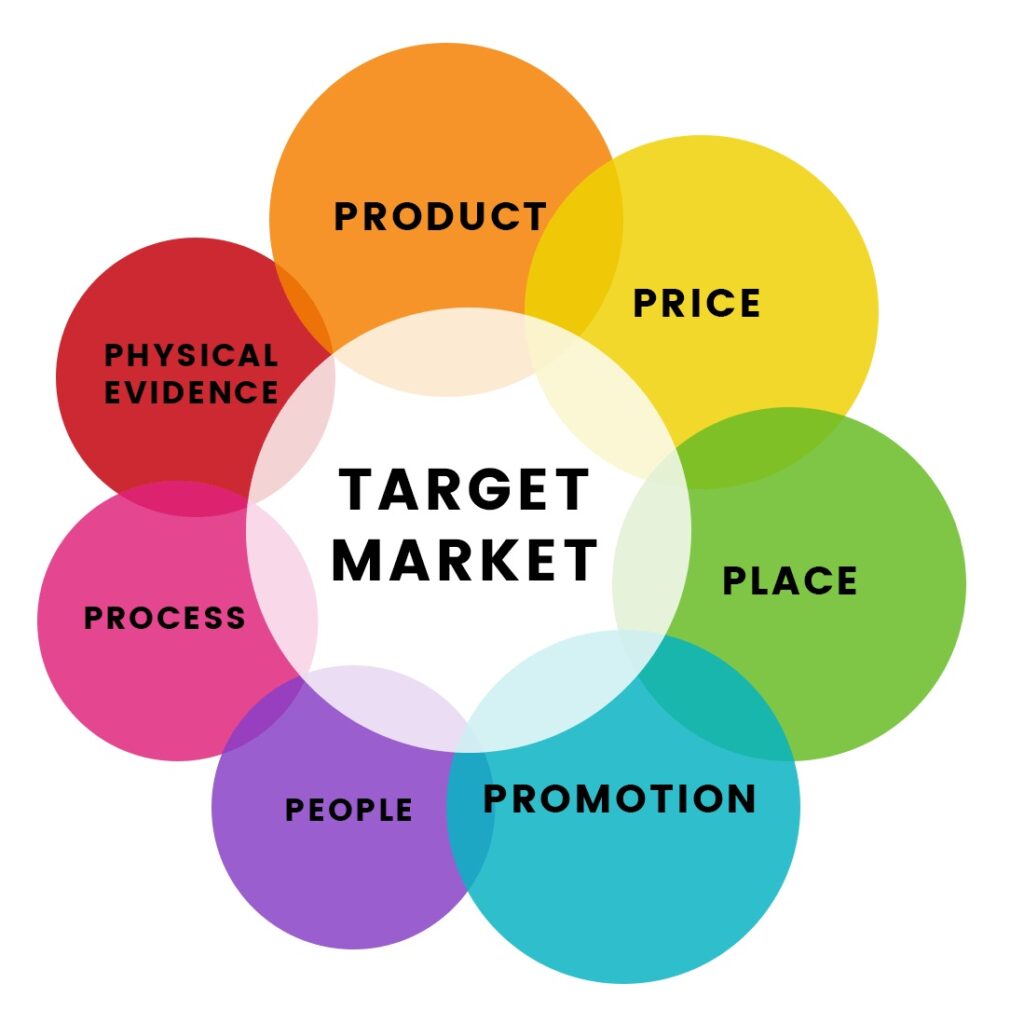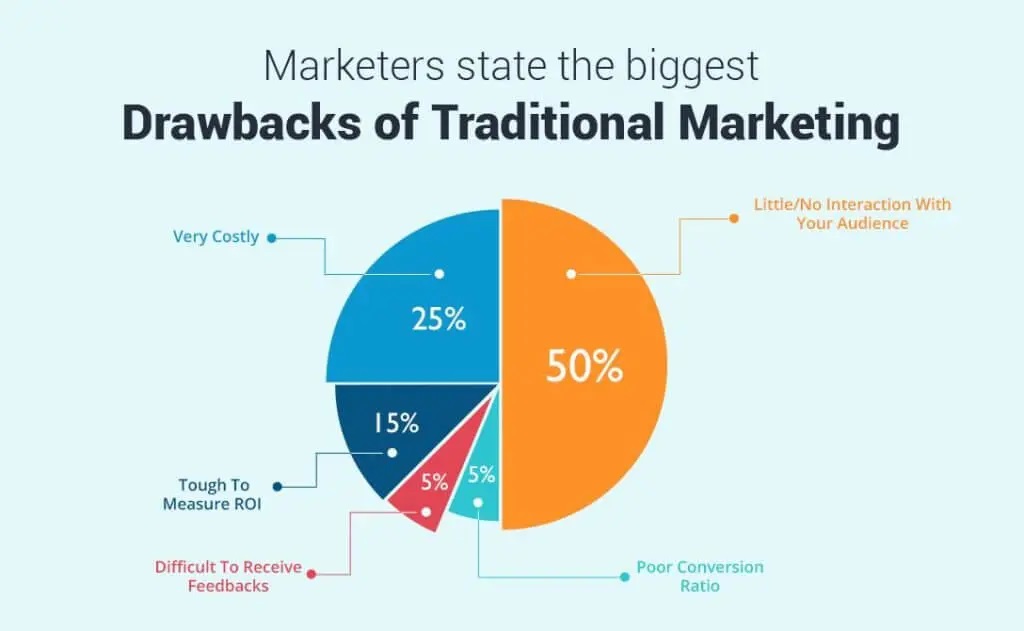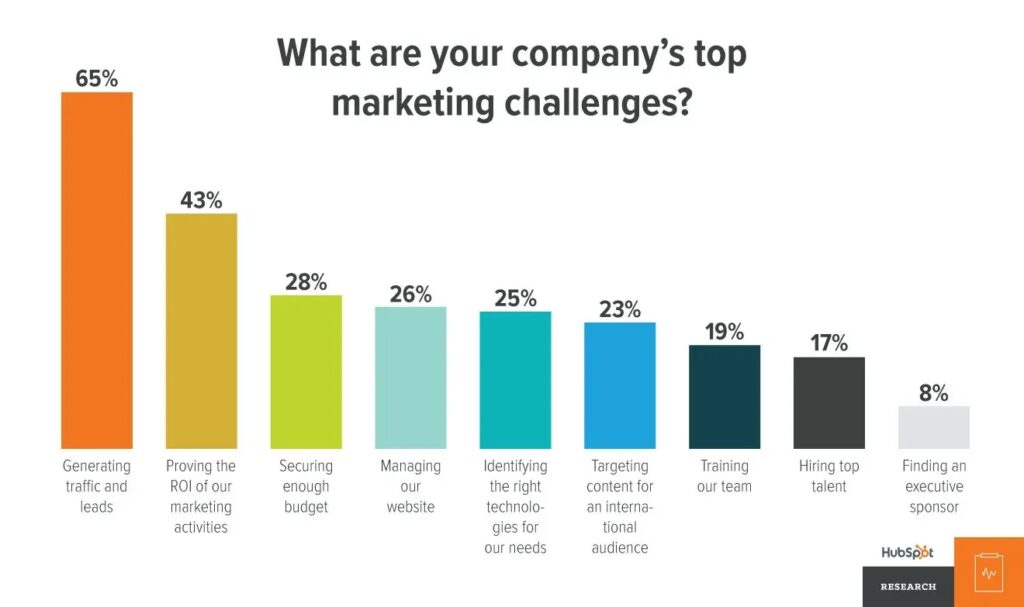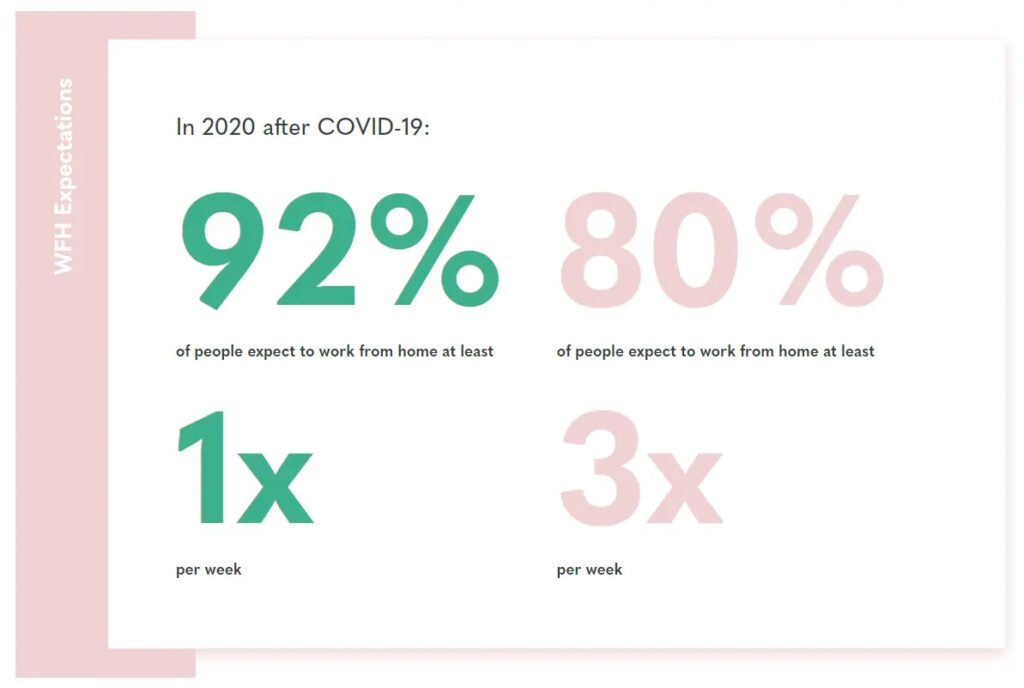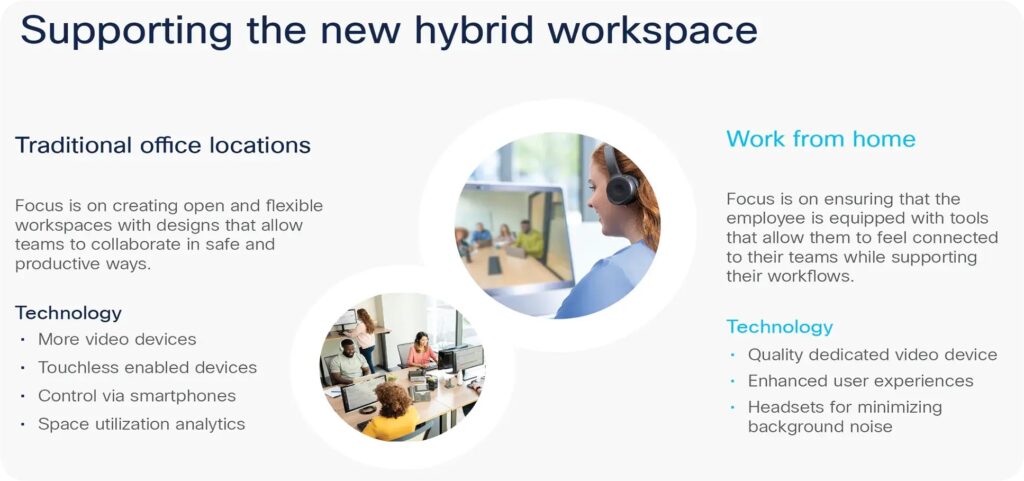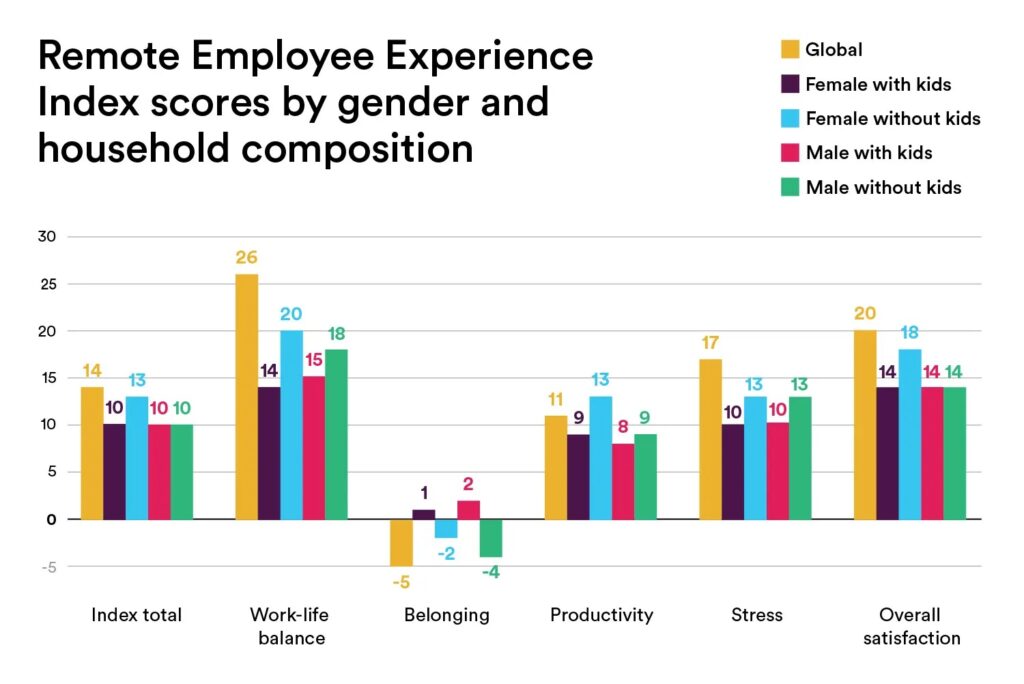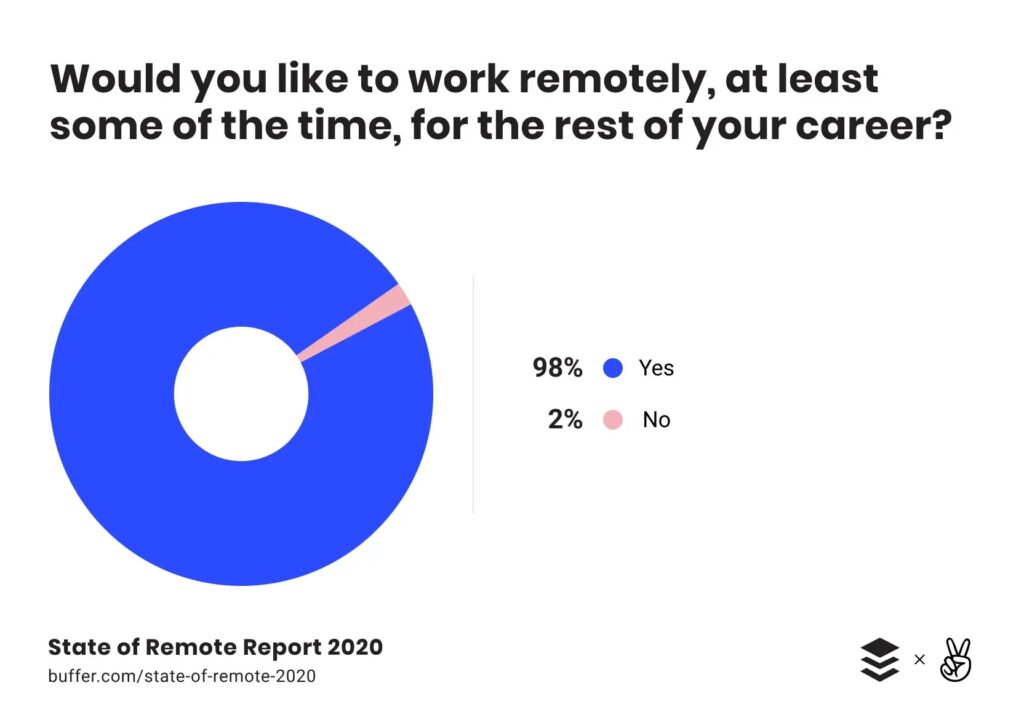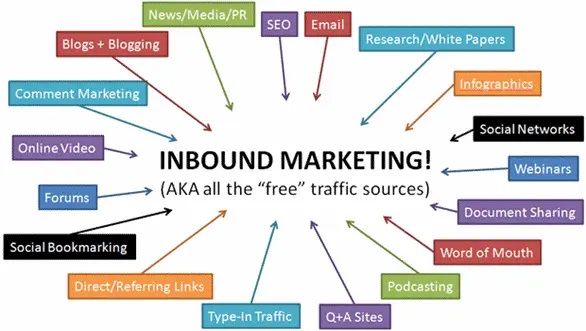Whether you’re starting in business for the first time, or you’re already running a successful company, the importance of an effective marketing strategy must not be overlooked.
It could mean the difference between your business surviving or sinking – so this article will give you the tools you need to develop and implement a successful marketing plan.
Read on to find out:
- What is the Marketing Mix?
- An introduction to the 4 Ps
- What are the 7 Ps?
- An Eighth P?
- Drawbacks of the Marketing Mix
- What are the 4 Cs?
- How to use the model
- What makes a successful Marketing Mix?
What is Marketing Mix?
In its simplest terms, the marketing mix means putting the right product in the right place, at the right time, and at the right price.
It encompasses all the things a company can do to create demand for its products or services, by using a set of tools to plan and execute marketing activities aimed specifically at a target audience.

The marketing mix is usually made up of four variables referred to as the four Ps of marketing (more on them shortly). It is designed to meet the company’s marketing objectives by providing customers with value at all stages.
“Marketing mix” was originally coined by academic Neil H. Borden in the late 1940s, when a more managerial approach was replacing the “functional” marketing school of thought.
Because it’s so well-known, there can be a tendency for companies to disregard it as too basic, but it’s still one of the most popular marketing strategies for businesses of all sizes.
An introduction to the 4 Ps
So, what exactly are the four Ps that make up the marketing mix definition?
- Product
- Price
- Place
- Promotion
Marketing expert E. Jerome McCarthy created the concept in his 1960 book Basic Marketing: A Managerial Approach, building on Borden’s marketing mix idea. The four Ps are all aspects of marketing that the seller can control.
They remain the core elements of the marketing mix, although they’ve been tweaked and added to over the years to accommodate new developments such as digital marketing.
Whether or not you choose to complement them with other elements, the four Ps are key aspects of any business. They should be reviewed regularly to check how well they’re working and how they might be improved.
Product
The “product” means any goods and/or services offered by a company to its customers. To be successful, it should represent something the customer wants and needs, and it should be designed to fulfil those requirements.
Important aspects in this category include the product’s design and features, its overall quality, the variety of products offered, and the packaging it comes in. In-depth market research is required to make sure the right products are being offered to your customers.
Price
This refers to the amount of money paid by customers to purchase a particular product or service. Related elements include special offers and discounts, the payment period, and your credit terms.
“Price” is a crucially important component of a marketing strategy for two reasons. Firstly, the prices you charge must be weighed against your outgoings to ensure your business makes enough profit to survive.
Secondly, pricing strategies will shape the buyer’s perception of your product. While customers are always seeking value for money, a shallow price point could make the product seem cheap —while a very high price would be off-putting unless you’re in the luxury goods market.
Place
Literally, the “place” where customers can view and buy your products. This may be a physical store or another distribution channel such as eCommerce or mail-order catalogues. This category also covers inventory, transportation, and logistics.
Making the products accessible to potential customers sounds obvious, but again it’s a case of knowing your target audience and placing your product in the places they like to shop. The distribution channel can also be dictated by product type and budget.
Promotion
This one’s self-explanatory – it covers all the activities that help you promote the product and persuade customers that they want to buy it.
Advertising, sales promotion, personal selling, and public relations can all be used to communicate with the target market, while social media has become an increasingly important promotion method.
Access to digital analytics has made direct marketing even easier, as promotions can be tailored to the customers most likely to want a certain product.
What are the 7 Ps?
While the four Ps are still a useful marketing tool, it’s important to remember that they were designed a long time ago, in an era when the emphasis on product sales far outweighed the role of customer service.
That’s where the concept of the seven Ps comes into play. Also known as the Extended Marketing Mix, it was created in 1981 to reflect the changing reality of marketing theory and practice.
Academics Bernard H. Booms and Mary Jo Bitner updated the marketing mix to include services rather than just physical products, adding three new elements to the four Ps: People (originally called Participants), Processes, and Physical Evidence.
The seven Ps model is based on the understanding that services are different from products, and require different marketing tools and strategies.
The first four Ps are the same as McCarthy’s model, with a couple of tweaks. For example, Booms and Bitner suggested that “Place” should include the accessibility of the product or service, and that “Promotion” should include the input of service personnel.
The additional three Ps are as follows:
People
People are the human factors who participate at any stage of the service delivery. They are the face of the organisation, representing the company’s values to the customers.
This P is all about the interactions between employees and customers, as an employee’s behaviour can affect the customer’s perception of the company. It encompasses recruitment and training, staff uniforms, management of queuing systems, and handling complaints.
Having the right people working for you is essential. All personnel need a detailed understanding of the product, the branding and the company’s values, and empathy for the customer.
Processes
These are the non-human elements of the service encounter or the procedures and mechanisms by which the service or product is delivered.
“Processes” includes the design of the process, the anticipation of potential fail-points, and the monitoring and tracking of service performance with key performance indicators (KPIs).
The delivery is an important aspect as it represents part of what the customer is paying for. Payment systems and distribution are part of the process, and there should be robust plans in place so that you can act quickly if something goes wrong.

Physical Evidence
This means something that proves the interaction took place, and the product or service was delivered to the customer. “Evidence” might be delivering a physical product or paperwork such as tracking information or invoices to confirm receipt of an intangible service.
It’s also confirmation of your brand’s existence and serves as a visual metaphor of what the company represents. Your brand’s quantifiable features include anything the customer sees before, during or after an interaction – such as your website, logo, business cards, and physical signage.
The perception of your company depends on what the customer sees and feels. Hence, it’s vital to offer a well-designed website and even think about your premises’ layout, furnishings, and ambient environment.
Written recommendations from happy customers are also physical evidence that your business exists and successfully delivers products or services.
An Eighth P?
Some marketers like to add an eighth P to the list. The most common is “Productivity & Quality”, which looks at how you offer value for money. It means improving your company’s productivity to pass the savings on to the customer, rather than doing it purely to make more money.
Another candidate for the eighth P is “Partners”, which has gained traction in the digital era. This refers to any third parties involved in marketing a product or service, such as referral partners in digital marketing. It can be suitable if your marketing campaign relies heavily on referrals.
Whether or not you choose to add one of these to the list, the seven Ps are a useful framework for building a marketing strategy – and can also help you evaluate why unsuccessful projects didn’t work out.
Drawbacks of the Marketing Mix
As we mentioned earlier, the traditional marketing mix and the four Ps were invented at a different time, long before the advent of digital marketing.
A major drawback of this model is that it focuses almost entirely on the seller’s view of the market, and relies upon “top-down” insights instead of considering customer behaviour and relationships. The seven Ps go some way towards addressing this, but the 1980s were still a long time ago!
Today, marketing managers have come to understand that the buyer’s view should be taken into account it should be the most important concern. To attract and keep your customers, it pays to consider your offering from their point of view, ensure their journey is smooth, and listen to their feedback.
Another issue with the product marketing mix is that it is based on long-term data gathering to influence marketing communication. However, digital marketing means you don’t have months to judge whether a TV or magazine ad is effective – you need to adapt quickly to customer behaviour changes.
The world of eCommerce and social media happens fast. For example, a customer might see an ad on Facebook, click through to the website, and immediately buy the product. With fast shipping now the norm thanks to the Amazon effect, they could receive the product the next day—and turn to social media to post a review.
All the insights and data from this encounter should be tracked and analysed so that you can see which promotions are the most effective, which products are top-sellers, and how your customers rate your performance.
Omnichannel marketing makes this an even bigger task, as you’ll need consistent and accurate insights into campaign performance across all marketing channels.
But the traditional marketing mix isn’t yet consigned to the dustbin of history. Its principles can still be adapted and used as guidance, forming a starting point for overall marketing planning.
Below, we’ll take a look at another model, which reinterprets the four Ps by adding customer care at every stage.
What are the 4 Cs?
The four Cs marketing model was developed by Robert F. Lauterborn in 1990, creating a more customer-centric alternative to the original four Ps.
Although it still pre-dates the eCommerce era, it does reflect the movement from mass marketing to niche marketing. Most importantly, it puts the customer’s interests (the buyer) ahead of the marketer’s interests (the seller).
Customer solutions (replaces Product)
This model is based on the notion that customers want to buy “value” or solve a specific problem. We already know that a company should only sell a product that addresses consumer demand – so marketers need to research their target market to assess the customers’ wants and needs and attract them with something they want to purchase.
Customer cost (replaces Price)
Lauterborn stated that customers want to know the total cost involved in the transaction – not just the price of the product itself, but the cost of acquiring it, using it and eventually disposing of or upgrading it.
Other factors include the “cost of time” in obtaining the product or service, and the “cost of conscience” by consuming it. Customers may also consider the “cost” of choosing your company over a competitor—so they need to feel they’re getting value for money at all stages.
Convenience (replaces Place)
This C is essential nowadays, as customers want products and services as convenient to purchase as possible. With so many retailers to choose from, especially online, businesses need to ensure they stand out.
Marketers should find out how and where their target audience prefers to shop and make sure the products are readily available and visible at those distribution points.
Convenience also considers the ease of searching for and finding the product, the availability of detailed information about the product, and the payment and delivery processes.
Communication (replaces Promotion)
Where “promotion” might be seen by customers as manipulative, “communication” is a two-way process in which marketers create an open dialogue with potential customers based on their needs and wants.
Omnichannel marketing means there are far more ways to communicate, with social media becoming ever more important. Personalisation and direct messaging target customers with products and services tailored to their preferences, instead of relying on generic promotions.
How to use the model
You can still use the traditional model to form your basic marketing strategy – you need to build on it to make sure it’s relevant for today’s challenges.
The key is to develop a deep understanding of your target market to identify the most efficient positioning and distribution channels to sell your product or service.
Product
Whether you’re developing new products, reinventing existing ones, or diversifying your product line for the digital era, you must carry out extensive research. Ask what your target market wants and needs – and think about how you can fulfil those requirements better than your competitors can.
Price
Deciding on a suitable price point is important, but so is the perceived value. Here you can combine “Price” from the four Ps with “Customer cost” from the four Cs, and ensure that customers are aware of how your product or service represents true value for money.
Setting up an eCommerce business means you won’t have the overheads of a physical store. However, you’ll still have to consider the costs of fulfilment (warehousing, distribution, shipping) and how those costs are factored into the goods’ price.
Place
Convenience is one of the most important factors for busy customers, and digital marketing gives you plenty of places to sell and promote your product or service.
Identifying the best Product, Price and Place all require in-depth research. You can take advantage of digital analytics and SEO (search engine optimisation) to gain insights into your target audience’s behaviour.
Promotion
This will also help with Promotion or Communication since you can promote your business and communicate with customers across many channels. The good news for smaller businesses is that you can get a lot of exposure to social media free of charge, and there are also free business apps to help you.
Tips to remember
Remember that if you’re using social media, you’ll need to ensure your response times are up to scratch – 37% of online customers expect a response in the first five minutes of asking a query. And word of mouth is key here, as a negative review can have disastrous consequences for your company.
Personalisation is hugely important, whether it’s customising the products themselves or just lending a personal touch to the way your team interacts with customers. Tailored promotions and special offers will help the customer feel known and understood by your company.
If you don’t have physical premises, you will need an attractive and easy-to-use online store, social media presence, and consistent branding to help present your customers with “physical evidence” of what you offer.
Consider all the possible distribution channels and fulfilment services, but remember that the more you use, the more data you’ll need to keep track of.
What makes a successful Marketing Mix?
We’ve shown that an effective marketing strategy should involve much more than the basic marketing mix – but the four Ps, the four Cs and the seven Ps can provide a good framework and help you focus on the key points.
Each business is different, but a successful marketing strategy should make the most of your strengths and match them to your customers’ needs. To do that, you can incorporate learnings from all the models we’ve looked at – and don’t be afraid to add some ideas of your own!
Making a list of the basic points in the marketing mix can help you keep your eyes on the prize and streamline your marketing initiatives for more process-driven campaigns. Key factors to consider are:
- Market research
- Product development
- Pricing model
- Distribution channels
- Promotion tactics
An effective strategy will help your customers understand why your product or service is better than those of your competitors, enabling your business to gain an advantage and a larger market share.
Your company needs to adapt to developments such as changes in the market, customer behaviour, and emerging technology. Consistent branding across channels and communications is crucial in creating brand recognition.
Digital marketing offers a range of ways to make your communication more effective, especially in “inbound marketing”. This encompasses all your company is visible to potential customers, including your website, email marketing, social media, blogging, and live streaming.
Alongside social media advertising, pay-per-click (PPC) is a form of online marketing where advertisers pay a fee each time one of their ads is clicked. Search engine advertising is one of the most popular forms of PPC.
Other aspects to consider are an investment in online services and partnerships with major media companies and local partners.
Perhaps the most important part of your marketing strategy is communication. Ask your potential customers what they want and make sure you can deliver it, encourage feedback (good and bad!) and act upon it.
If you keep in touch with your customer base via direct communication and data-gathering, you’ll soon discover what you’re doing right and what could be improved. Keeping the customer at the heart of what you do is the key to a successful marketing mix for the contemporary age.
Originally published 12 Jul, 2022, updated 13 Jan, 2023




